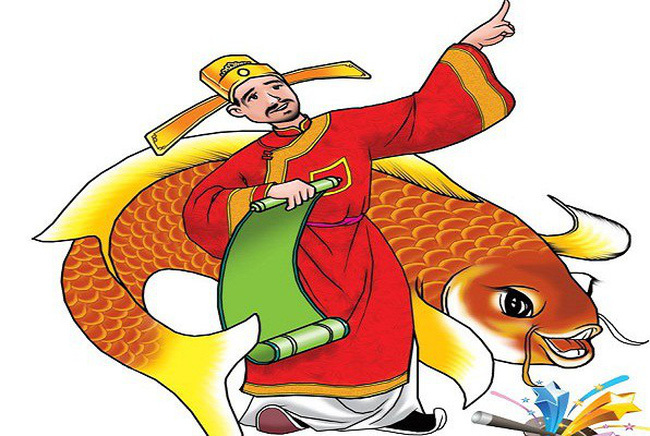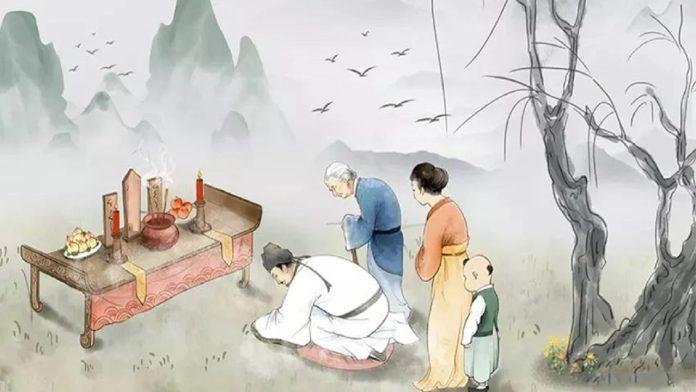-
What is the Feast of Tet?
Tet, also known as the Vietnamese New Year, is arguably Vietnam's largest celebration, and its longevity makes it an event steeped in rich history. Marking the start of the lunar year, this festivity generally extends from late January to early February, in accordance with the lunar calendar.Têt is above all a special moment of reunion and sharing with family. Vietnamese people come together to pay homage to their ancestors, exchange gifts and participate in traditional activities. It is also an opportunity for everyone to take care of their home by cleaning it and decorating it with flowers, particularly peach trees and kumquats, symbols of luck and prosperity.
During Tet, there are many customs and traditions, adding a unique touch to this period. Ancestor worship is practiced with fervor, temples are visited for prayers, and wishes are exchanged as well as red envelopes containing New Year gifts. Traditional games, such as the famous Bầu Cua Tôm Cá, a dice game, as well as the lucky meal named Li Xi, are also an integral part of this celebration.
Tet embodies a time of happiness and festivities, where Vietnamese wish each other a prosperous, happy and healthy year. It's the perfect opportunity for families to come together, reminisce about past memories and recharge in preparation for the year to come.
In short, Tet is much more than a simple celebration, it is a true tradition anchored in the hearts of the Vietnamese for generations. Its cultural richness and importance make it an unmissable and memorable event, where joy and community spirit are in the spotlight.
-
Preparations for the Tet festival
The accompanying ceremony of Ông Công, Ông Táo
The accompanying ceremony of Ông Công, Ông Táo is a Vietnamese tradition imbued with spirituality which celebrates the Genius of the home and the Genius of the kitchen. Every year, on the 23rd day of the twelfth lunar month, known as the Cooking Festival, Vietnamese families gather to pay homage to these protective spirits of the home.According to popular belief, Ông Công and Ông Táo are the divine messengers who report the family's activities to the celestial deities. Their return to heaven, on the 23rd day of the twelfth lunar month, marks the occasion of the accompanying ceremony.
- The ceremony begins with the preparation of the Ông Công altar, Ông Táo, which is carefully cleaned and decorated. Fresh fruit, incense, cakes and sweets are placed as offerings. Then family members gather and light incense to invite the spirits.
- During the ceremony, prayers are recited expressing gratitude to Ông Công and Ông Táo for their protection. Families also take this opportunity to entrust their wishes and prayers to the celestial deities, in the hope that they will come true.
- After the ceremony, the offerings are burned and small paper boats are left to float on the water, symbolizing the return of the spirits to the sky. Some places also celebrate this holiday with processions or performances, adding a festive touch to the tradition.
- The Ông Công, Ông Táo accompanying ceremony is a special occasion where families come together to honor their ancestors and express gratitude to the protective spirits of the home. This Vietnamese tradition, tinged with spirituality, helps strengthen family ties and perpetuate cultural values.

-
Visit the tombs of ancestors before the Tet festival.
Visiting ancestral graves before Tet is a tradition deeply rooted in Vietnamese culture. This is part of the rituals associated with the celebrations of the Lunar New Year, or Tet.The Vietnamese believe in the importance of paying tribute and respect to their ancestors. Visiting graves before Tet is considered a filial duty and a way of showing respect for one's ancestors and gratitude for the blessings they have brought to the family.
During these visits, families clean and decorate the graves, light incense sticks, recite prayers and offer food, drinks and symbolic objects to the deceased. This is believed to bring blessings and ensure the well-being and prosperity of the family for the coming year.
Visiting ancestral graves before Tet is also an opportunity for families to come together, recall memories of ancestors and strengthen family ties. It is a practice that perpetuates Vietnamese traditions and cultural values.

